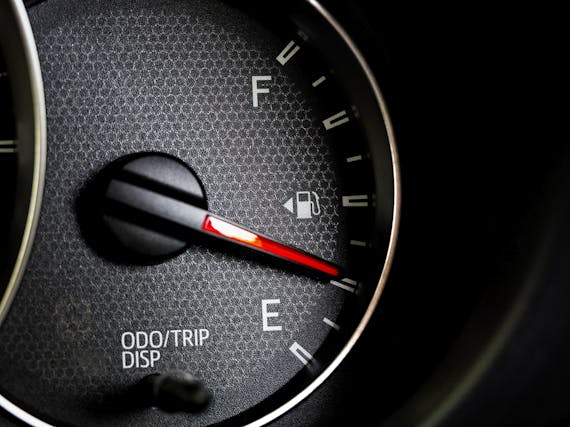How your bad driving habits could affect the value of your car

Like many bad habits, driving misdemeanours can not only be dangerous but can leave you out of pocket. Excessive behaviours such as sudden braking or riding the clutch can cause extra – and unnecessary – wear and tear to your vehicle meaning forking out for repairs. Conquering those bad habits will not only keep you safer on the road, they could save you money.
Riding the clutch
Riding the clutch happens when you leave your foot on the pedal after changing gear or making a hill start. This will ultimately erode the clutch plate and, as it’s considered wear and tear, it won’t be covered by any warranty you have. It’s common among drivers who spend a lot of time in stop-start traffic.
To rid yourself of this bad habit, take your foot off the clutch when not changing gear (if you have a footrest or ‘dead pedal’ put your foot there) and leave the car in neutral with the handbrake on until you’re ready to move off from a hill start.
Letting the fuel tank run low
If you let your fuel tank run low, any dirt, grime or rust in the tank that sits at the bottom gets sucked into the engine, clogging up filters and causing extra wear and tear on the fuel pump. And a fuel pump failure is expensive. Ensure you top up before your gauge dips too low.
Sudden braking
Always leave yourself plenty of reaction time when driving to give yourself more time to brake. The alternative is lots of sudden late braking, which will wear out brake pads and discs as well as using more fuel.
Revving the engine when cold
Allow your engine to warm up a bit before really pressing hard on the accelerator. The oil has to warm up and circulate around the engine: if it doesn’t, you will cause unnecessary wear and tear and potentially damage expensive engine components.
Ignoring warning lights
Modern cars have arrays of warning lights that are incredibly useful for helping drivers spot potential problems as soon as they occur. Some warning lights are more important than others, but you need to understand what they all are in order to know which ones you need to respond to immediately and which ones can wait until you stop. Have a thorough read of your car’s handbook to ensure you know exactly what all those warning lights do.
Resting your hand on the gearstick
This is another one that urban drivers can fall foul of thanks to constant gear changes.
Resting your hand on the gearstick can be bad for the gearbox because the stick connects to a part called the selector fork, which is in contact with the rotating collar in the transmission. Pressure on the gearstick is transferred to the fork and collar, which causes extra wear and tear in the gearbox. So, hands off.
Overloading your car
You need to consult your handbook to find out how much weight your car can carry. It's important to know this because carrying any extra weight and overloading your car can cause problems for the suspension and brakes, and place and extra strain on the engine and gearbox.
Hitting speed humps and potholes
As all British drivers know, we have a lot of potholes and speed humps in the UK Both of these nuisances are more than a minor inconvenience, they can cause expensive damage; potholes cause cracked and buckled wheels, tyre problems and suspension damage, while speed humps can damage the front and rear of a car, as well as the underside and the exhaust system.
As much as possible, avoid driving over potholes and slow right down when going over speed humps. A gung-ho approach to both could lead to a big repair bill.
Switching from drive to reverse before stopping
If you drive an automatic car, it's very easy when parking to switch from drive to reverse (and vice versa) when the car is still moving. This isn’t good, as it causes more wear and tear on the transmission band – an expensive part to replace.
Ignoring your handbrake
Another one for drivers of automatic cars. If you only leave your car in Park, without also applying the handbrake, this can place a strain on a small part called a pawl. The pawl can eventually be dislodged or damaged, which means that there’s nothing to stop the car from rolling and, if you’re parked on a hill, this could result in a lot of damage.
Dragging the brakes when going downhill
Brakes undergo a lot of wear and tear as a matter of course, and you don’t want to add to that by braking when you don’t need to. When going downhill, for example, use a lower gear, which will allow the engine to help slow the car. Then brake lightly, lift off to allow the brakes to cool, then repeat the process until you reach the bottom of the incline.
Make searching and staying updated even easier.